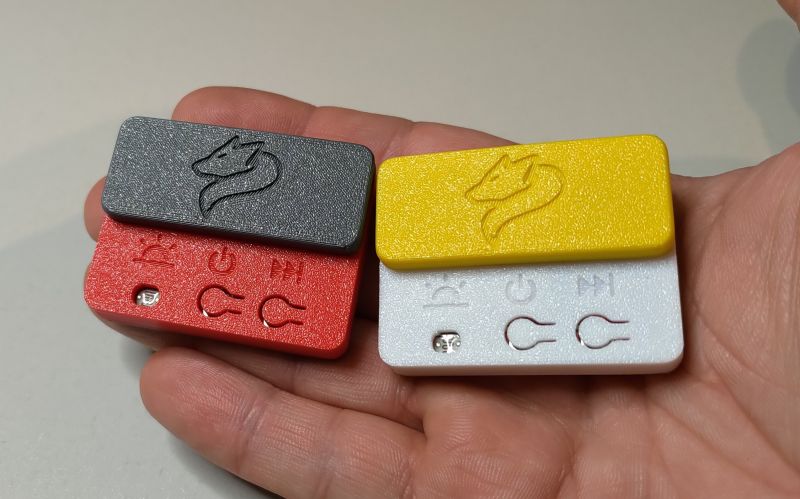airman wrote: Hi, Have you not thought to make a 15S ? I assume you have one of the Chinese hybrids that can charge up to 60v max which gives you charging the cell up to 4v you will reduce the capacity slightly but combined with the low current draw the life increases.
.
No, sometimes apparently better is the enemy of good, overzealousness is worse than fascism

, I would lose the possibility of a comparative analysis with other users who also use similar Li-Ion 14S magazines , not to say that the difference in cell efficiency between 4v and 4.13v would be significantly noticeable, and I care about the best compromise "performance"/"wear time".
Added at 39 [minutes]: Janusz_kk wrote: ........
so you are still a beetroot to me for those words because it decomposes water which figuratively means it 'extracts' oxygen, so I was right........
Yes - you are right.
With all due respect, Janusz, please don't insult others because it's not nice, start your own topic "how to blow up and set fire to any battery" and there you can bludgeon all you want 24/24 with your observations on how to set fire to any battery, but please don't make a dustbin in my thread - go and have a rest.
An old maxim from kindergarten to remind you "whoever is called names - so are they".
LEDówki wrote: ....... Charged battery readily ignites after a puncture........
Same request, go along with Janusz to the arson thread so he has someone to argue with that he is right.
.
.
The same goes for all the other potential
"home-grown firefighters" .
Please everyone, however, here maybe focus on the possibility of improving the performance of such a depot, maybe on improving the design details etc. , believe that I really know exactly the potential risks, do not underestimate and try to embrace.
I've blown through "temi recyma" thousands of links and I know what I'm doing

.
Because I will start reporting to the moderator, - and there will be shame

.




